| Altri Nomi | Lame per la produzione di sacchetti, Coltelli per tagliare sacchetti, Lame per perforazione di sacchetti, Lame a forma di T, Coltelli seghettati, lama seghettata per confezionatrice verticale, Coltello dentato per macchina confezionatrice verticale, Lama seghettata per confezionamento verticale, Coltello dentato per confezionamento verticale, Lama seghettata per confezionatrice verticale |
|---|---|
| Luogo di Origine | Cina |
| Applicazione | Plastica, Imballaggi, Buste, Rotoli |
| Materiale | Acciaio al carbonio |
| Numero Modello | CV-BM |
| Servizio OEM | Disponibile |
| Termini di Pagamento | L/C, T/T, Western Union |
| Confezione | Scatola di Cartone, Casse di Legno |
| Tempi di Consegna | 7-20 Giorni |
Condividi su:
Packaging blades, also referred to as packaging machine knives, are specialized cutting tools designed for integration into packaging machinery. These blades perform a variety of cutting, slitting, perforating, and sealing tasks essential for preparing and processing packaging materials like films, foils, paper, cardboard, and various other flexible or rigid materials used to contain and protect goods. The term “packaging blades” is a broad descriptor encompassing a wide array of blade types tailored to the specific demands of different packaging equipment and processes.
Packaging blades are fundamental components in a multitude of automated packaging processes across diverse industries. Their applications are extensive and include:
The selection of materials for packaging blades is crucial to ensure food safety (where applicable), resist corrosion from various product and packaging material interactions, and maintain a sharp, durable cutting edge for consistent, high-speed operation. Common materials include:
Surface treatments and coatings like Titanium Nitride (TiN) or Chromium plating are often applied to enhance surface hardness, reduce friction, and improve resistance to wear and corrosion, thereby extending the lifespan of packaging blades.
Packaging blades are manufactured in a wide variety of shapes and edge configurations to match the specific cutting or sealing mechanisms of different packaging machines:
The working principle of packaging blades varies depending on their function and the machine they are integrated into. Cut-off blades typically employ a shearing action against a fixed anvil or another moving blade. Sealing knives use heat and pressure to fuse and cut films. Rotary blades provide continuous cutting as they rotate against the material. The precision of the blade’s geometry, the sharpness of its edge, the applied force, and the synchronization with the machine’s operation are all critical factors in achieving clean, accurate cuts and reliable seals in packaging processes.
" Benvenuti a richiedere informazioni!
Se non trovi la lama che stai cercando, possiamo anche personalizzarla. Guarda il nostro "Lame Personalizzate”!
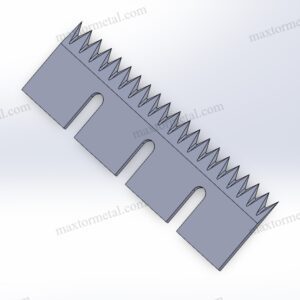

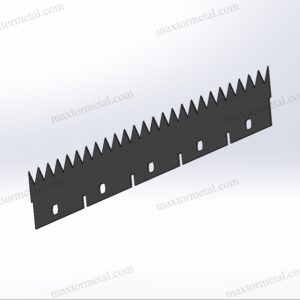

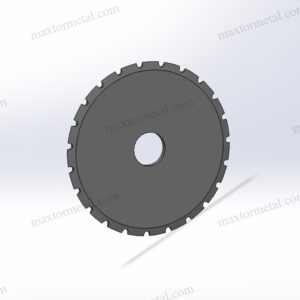
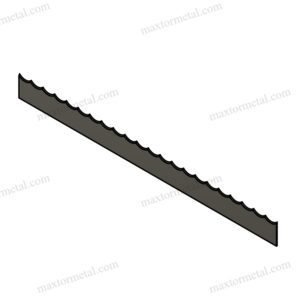
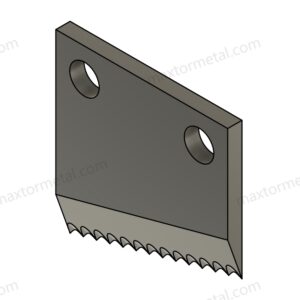


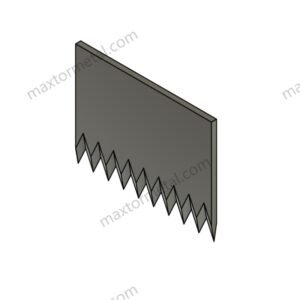
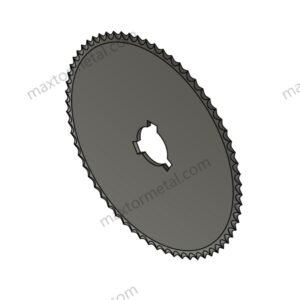

Goditi la comodità di un'importazione senza intoppi. Dal trasporto allo sdoganamento, gestiamo l'intero processo. Tutto ciò che devi fare è pagare l'IVA e attendere l'arrivo della merce.
Abbiamo visto le nostre lame eccellere in innumerevoli applicazioni e siamo pronti per qualsiasi progetto tu ci proponga. Aspettati precisione, durata e prezzi competitivi ineguagliabili.
Sia che tu fornisca disegni, schizzi o campioni, possiamo progettare e produrre per te. Abbiamo anche l'esperienza per assistere nella modifica di design e specifiche esistenti per migliorare quasi ogni applicazione di utensili industriali. Contatta il nostro team di vendita dedicato per discutere le tue esigenze specifiche.
Vengono eseguite una serie di test e ispezioni per controllare la qualità, tra cui l'ispezione del primo articolo, l'ispezione del materiale in ingresso e dei materiali certificati, l'ispezione di qualità in-process e l'ispezione di qualità finale.
Che tu sia un importatore, distributore, grossista o utente finale, ti diamo il benvenuto. Approfitta di MOQ minimi, richieste senza problemi e maggiore libertà di acquisto.
Consideraci il tuo monitor esclusivo. Forniremo aggiornamenti regolari su ogni fase cruciale della tua linea di produzione. Indipendentemente dalla distanza, avrai una visione in tempo reale dello stato di avanzamento del tuo prodotto.
Nanjing Metal Industrial CO., Limited
Mingjue Industrial Park, Lishui, Nanjing, Jiangsu, China
Rimani aggiornato sulle nostre ultime notizie.